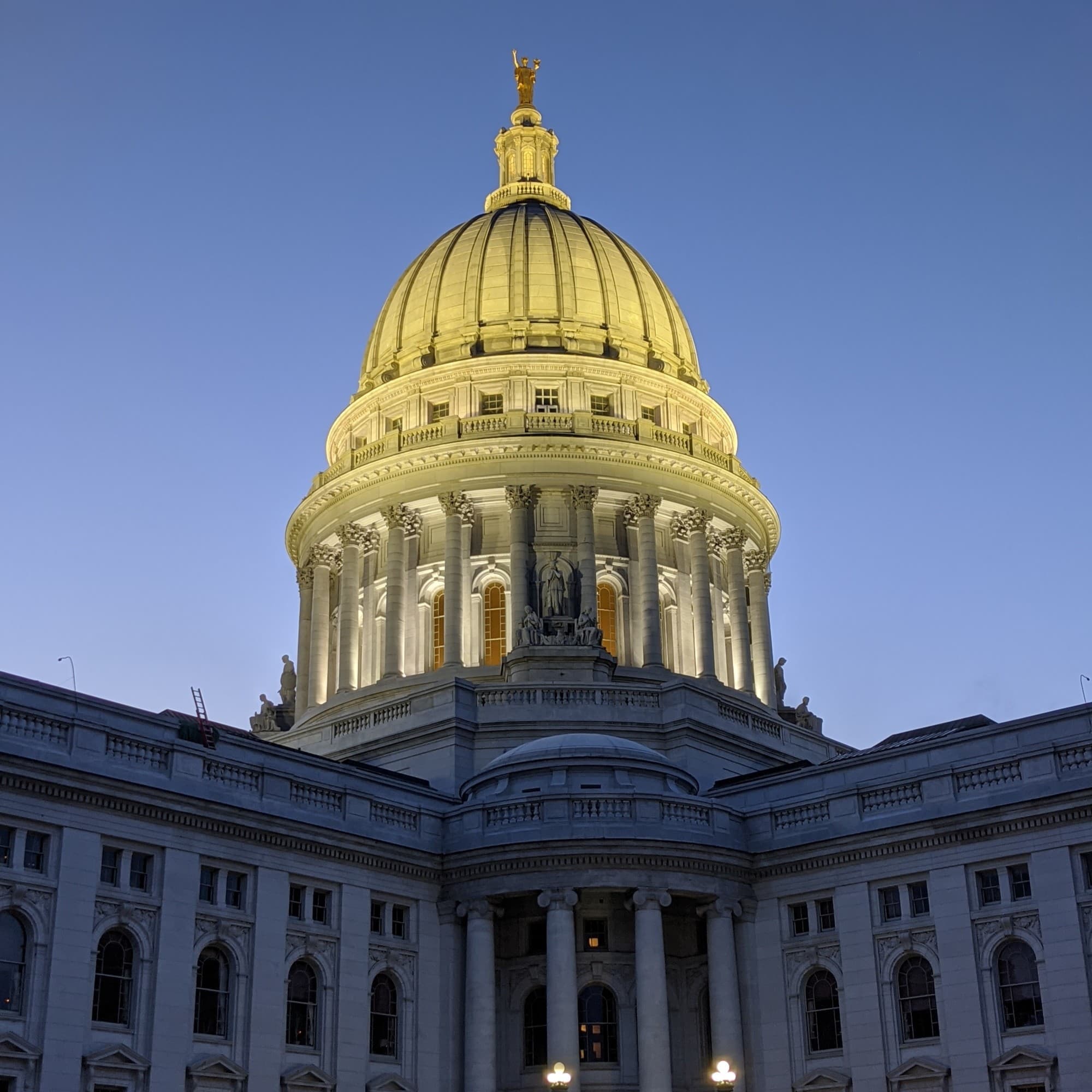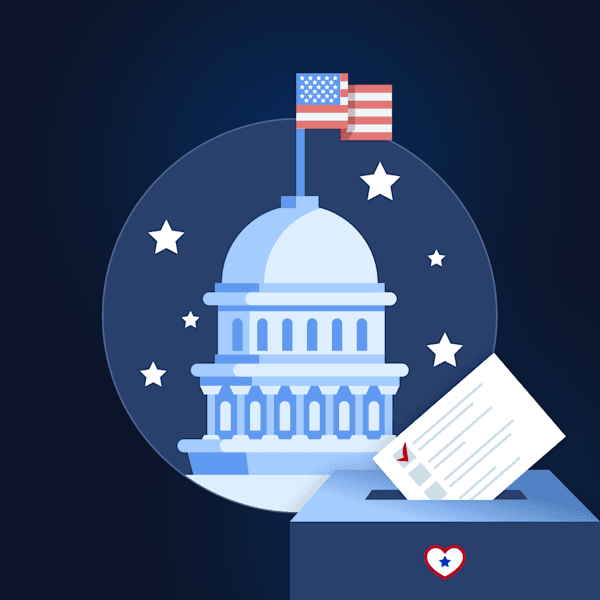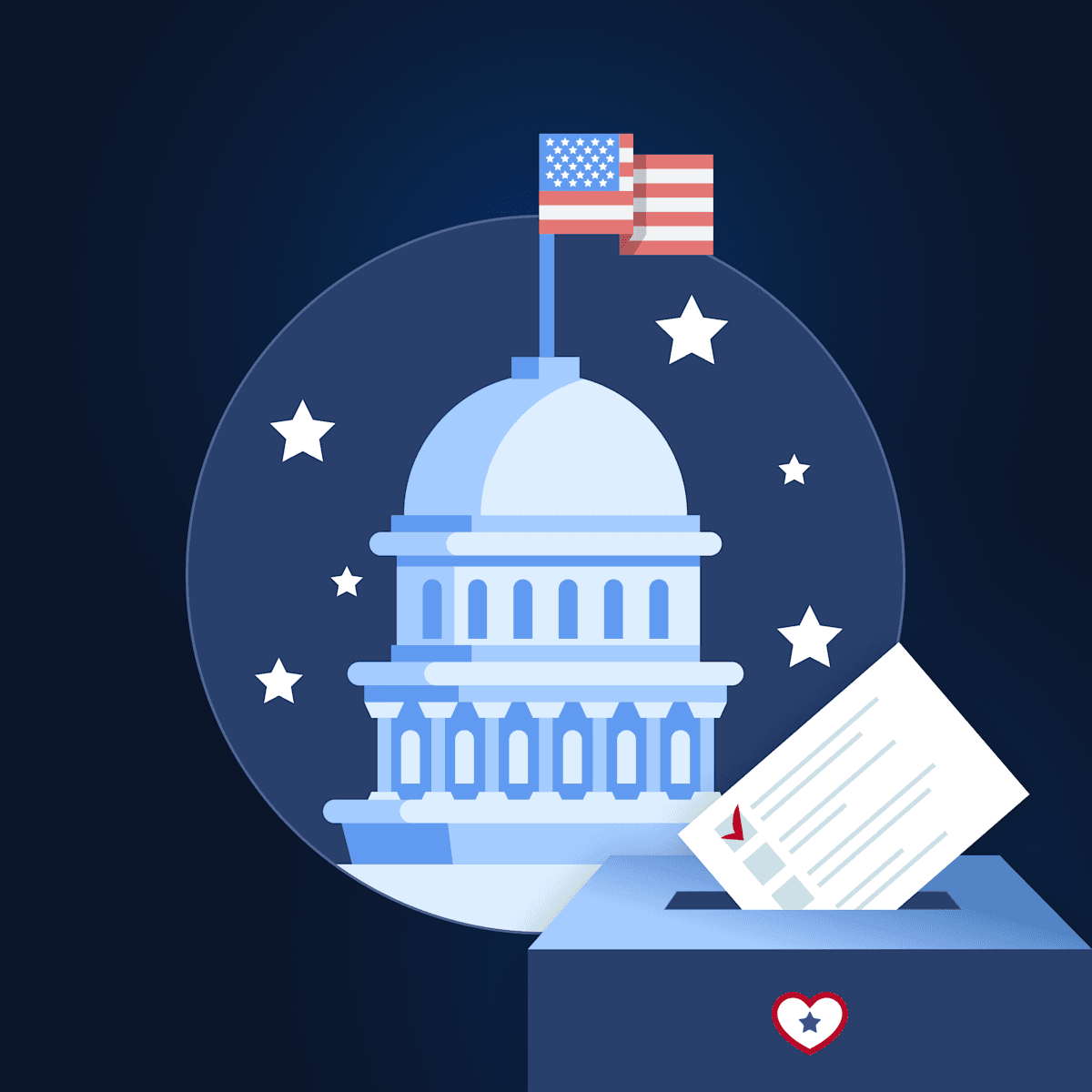
Who’s Responsible for What: Local vs. State Government
When most people think of government, they picture Washington, D.C.: Congress, the White House, and political headlines. But much of the governance that affects your daily life actually happens closer to home.
If you’ve ever wondered who’s responsible for fixing potholes, funding schools, or enforcing housing codes, you’re in the right place. This guide breaks down the difference between state and local government, explains who handles what, and shows you how to get involved where it matters most.
What Do Local vs. State Governments Do?
Let’s simplify it: here’s who takes care of what at each level of government.
State Government Responsibilities:
Maintain state highways and infrastructure
Manage statewide public education policies
Oversee Medicaid and public health programs
Operate state law enforcement agencies and courts
Set and collect state-level taxes
License professionals (like teachers, doctors, and contractors)
Run elections and voter registration processes
Administer statewide departments (e.g., agriculture, environment, transportation)
Local Government Responsibilities:
Manage public schools (through school districts)
Operate police, fire, and emergency services
Maintain local roads and transportation systems
Handle local zoning, housing, and land use planning
Manage water, waste, and public utilities
Oversee parks, libraries, and recreation
Enforce city ordinances and issue permits
Run municipal and county courts
While the United States has only 50 states, there are over 90,000 local government units across the country, including counties, municipalities, townships, school districts, and special districts.
When you know who handles what, it’s easier to hold the right officials accountable and push for the changes you want to see. For instance, states and local governments share the load for K-12 public school funding, with states paying about 44% and local governments covering another 43% of funding. Only around 14% of public education funding comes from the federal government. So, advocating at the federal level for changes to the way school funding is used likely won’t be as effective as speaking to local and state-level officials.
What Is the State Government Responsible For?
Each of the 50 states has its own government, structured similarly to the federal model: executive, legislative, and judicial branches. While exact responsibilities vary by state, all state governments play a major role in managing infrastructure, education, health, and public safety.
Executive Branch: Governors and Agencies
The executive branch is led by a governor, often with a lieutenant governor, attorney general, and secretary of state. These elected officials oversee agencies that administer statewide programs, like public health, agriculture, and statewide transportation.
For example, a state department of education might set academic standards and distribute funding, while local school boards decide on specific curricula and staffing.
State Legislatures: Making Laws and Budgets
Most states have a bicameral legislature (a senate and a house of representatives) that passes laws, adopts budgets, and sets statewide tax policies. Nebraska is the only state with a unicameral legislature.
State lawmakers handle legislation that affects broad regions, such as setting income tax rates or determining how public universities are funded.
State Judicial Branch: Courts and Legal Interpretation
State courts handle criminal trials, civil cases, appeals, and interpretation of state laws. These courts also play a role in determining how state-level policies are enforced.
What Is the Local Government Responsible For?
Local governments exist at the county and municipal levels, and their responsibilities are the ones you’re most likely to encounter every day through things like garbage collection and school board decisions.
County Governments
Counties (or boroughs in Alaska and parishes in Louisiana) are regional governments that often manage:
County roads and bridges
Public health departments
Sheriff’s offices and jails
Property records and local taxes
Local election administration
Larger-scale emergency services
The size and influence of counties vary widely. For example, Texas has 254 counties, while Delaware has only three.
Municipal Governments
Municipalities include cities, towns, villages, and townships. They focus on densely populated areas and typically handle:
Police and fire departments
Building codes and zoning
Local parks and libraries
Trash and recycling services
Water and sewer systems
Business permits and licenses
Municipal governments have the biggest hand in our day-to-day lives. For instance, more than 95% of fire departments in the United States are operated at the local level. Additionally, local bodies like planning commissions and city councils make the zoning decisions that determine what types of buildings and businesses can operate where. Many everyday legal issues — like traffic violations — are handled by local courts, and people often rely on traffic lawyers to help them navigate the system or dispute fines.
Whether you live in a big city or a small town, your municipal government shapes your everyday experience, from how streets are maintained to whether a new grocery store can open down the block.
LEARN MORE: Explore the full list of elected officials working for you at the local and state levels.
Examples of Local vs. State Government in Action
To understand the difference between state and local government more clearly, it helps to look at real-world examples:
Parks and Recreation
Federal level: The National Park Service manages over 400 sites, including iconic destinations like Yellowstone and the Grand Canyon. These parks are preserved for public use and cultural heritage, funded and maintained by the federal government.
State level: State governments operate hundreds of state parks, forests, and natural preserves. These parks balance conservation with recreation and are often funded through state budgets and entrance fees.
Local level: Cities and counties maintain community parks, playgrounds, dog parks, and rec centers. Local governments are responsible for upkeep, staffing, and programming that directly serve neighborhood residents.
Emergency Services
Federal level: Agencies like FEMA (Federal Emergency Management Agency) step in during major disasters like hurricanes, wildfires, or national emergencies, coordinating large-scale relief efforts and providing funding to state and local governments.
State level: State police and highway patrol handle statewide traffic enforcement, criminal investigations, and support during emergencies that cross city or county lines.
Local level: Police, fire departments, EMS, and animal control respond to most day-to-day emergencies. These services are usually managed and funded at the municipal or county level.
Housing and Zoning
Federal level: The U.S. Department of Housing and Urban Development (HUD) provides funding for affordable housing programs, enforces fair housing laws, and supports public housing authorities across the country through grants and vouchers.
State level: Governors and legislatures may establish statewide housing initiatives, administer federal grants, or pass tenant-landlord laws that apply across municipalities.
Local level: Cities and counties handle zoning rules, building codes, and land use decisions. Local housing authorities manage public housing and work with nonprofits to address homelessness and housing insecurity.
Transportation
Federal level: The U.S. Department of Transportation (USDOT) and its sub-agencies, like the Federal Highway Administration and Federal Transit Administration, fund and regulate interstate highways, aviation, rail systems, and large-scale infrastructure projects. They provide grants to states and cities for transportation improvements.
State level: Governors and state transportation departments manage state highways, motor vehicle services (like the DMV), and regional transportation projects. States are responsible for less than 20% of public roads, including state highways and interstates, but those roads carry significantly more traffic, with state-owned highways carrying approximately 72% of all highway traffic. They also allocate funding to local governments.
Local level: Counties and municipalities handle 77.4% of public road miles in the United States, maintaining things like traffic signals, bike lanes, sidewalks, snow removal, pothole repairs, and transit service planning. They’re also responsible for public transit systems like city buses or light rail.
Education
Federal level: The U.S. Department of Education sets national education policy, administers federal student aid, and enforces civil rights laws in schools. It provides funding through grants like Title I and IDEA, but has limited control over curriculum or daily school operations.
State level: State departments of education oversee public school standards, statewide assessments, teacher certification, and the distribution of state and federal funding to local districts. State legislatures also pass education-related laws and approve education budgets.
Local level: School districts and local school boards manage public schools, hire teachers, set curricula, and determine policies like school calendars and disciplinary rules. Local property taxes often provide a major source of school funding.
Public Works
Federal level: Federal agencies like the Environmental Protection Agency (EPA) and the U.S. Army Corps of Engineers provide funding, set environmental standards, and oversee large-scale infrastructure projects such as dams, water systems, and flood control. They also regulate clean water and waste management policies.
State level: State departments of transportation and environmental protection may manage public works on state roads and oversee compliance with federal infrastructure and environmental standards. They also fund large-scale utility or conservation projects.
Local level: Cities and counties handle the day-to-day operations of public works — including trash collection, street cleaning, storm drains, sewer maintenance, snow removal, and signage. Local public works departments ensure critical services keep communities clean, functional, and safe.
Courts and Justice
Federal level: The federal court system handles constitutional issues, federal crimes, and cases involving interstate or international matters. This includes district courts, appellate courts, and the U.S. Supreme Court.
State level: State courts handle most criminal and civil cases, including felony trials, family law, contract disputes, and appeals under state law. Each state has its own court structure and judicial selection process.
Local level: Municipal and county courts deal with ordinance violations, traffic tickets, small claims, and misdemeanor offenses. Local judges often oversee issues like housing code enforcement or minor criminal proceedings.
Why Local Government Matters So Much
While state policy impacts millions, local decisions hit home fast. If you’re trying to improve traffic safety on your block, get funding for your local library, or change zoning laws to allow more housing, your city council, mayor, or county commissioners are the ones who can make it happen.
Local government responsibilities shape everything from where your kids go to school to how long it takes a fire truck to arrive in an emergency.
That’s why local civic engagement matters, and why your vote often has more impact in local elections than in statewide or national contests. Local elections often see turnout below 20%, and in 2024, 74% of local races went uncontested. A few votes can decide a city council seat, school board position, or ballot measure, and those decisions ripple through your community.
When most people think about government, they think about Congress or the president. But the truth is, local government is where the decisions that shape your daily life are actually made. Local government isn’t just “government lite.” It’s where policies get personal, and where your participation can have the most immediate and visible impact.
LEARN MORE: See how you can get involved in local politics.
Want to Make a Difference? Run for Local or State Office
If you’ve ever felt like your community deserves better, you don’t have to wait for someone else to fix it. You can be the one who steps up.
There’s a seat where your perspective belongs, whether your passion is:
Improving public schools
Making housing more affordable
Protecting green spaces
Fixing transit or infrastructure
Ensuring the government works for everyone
Running for office at the state or local level gives you the power to change the system from within. You don’t even need party backing or years of political experience to do it. Many local offices go uncontested, and it’s clear that voters are hungry for new voices and real leadership.
If you’re ready to make a difference, we’ve got your back. GoodParty.org helps everyday people run for office, without selling out to big money or party machines.
Photo by Noah Pederson on Unsplash
Ready to run, speak out, or show up for your community? Sign up today and get the support you need to make a real impact.

